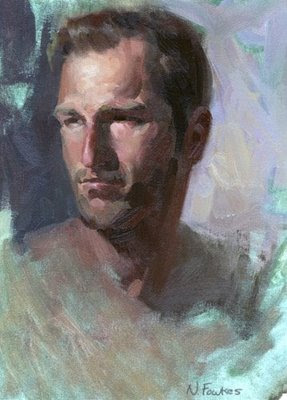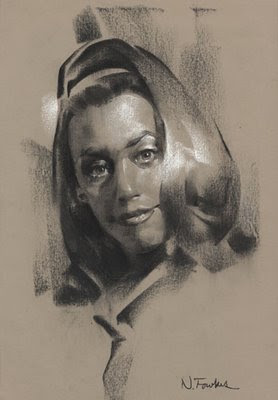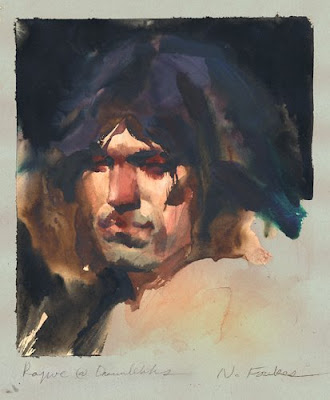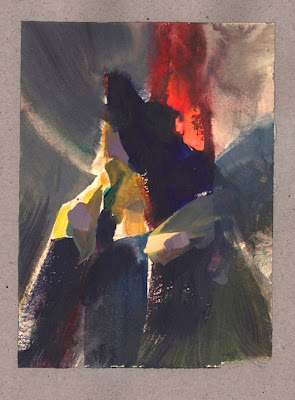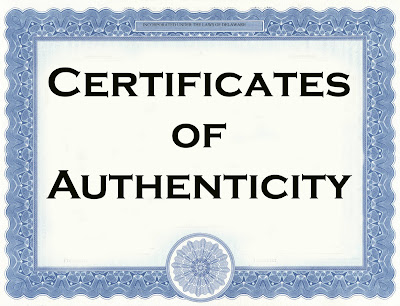BORIS CHALIAPIN

In a different country, in another era, Boris Chaliapin (1904-1979) would have been a "fine" artist and portrait painter, selling his paintings in art galleries. The son of Feodor Chaliapin, the great Russian opera singer, Boris was raised in a highly cultured environment. He received classical art training in Russia and Paris. He painted a series of portraits of his father and other luminaries from the world of classical music. By the 1920s Chaliapin already had a considerable reputation as a portrait artist in Russia. But the market for classical painting was dwindling, and Chaliapin ended up exhibiting his work in the foyer of the London Covent Garden Theatre. Like most born painters, Chaliapin learned to adapt to reality so that he could continue to create art. Making his way to the United States, he earned a living in New York City following the path of many 20th century artists with technical skill: he became an illustrator, painting more than 400 cover portraits for T
